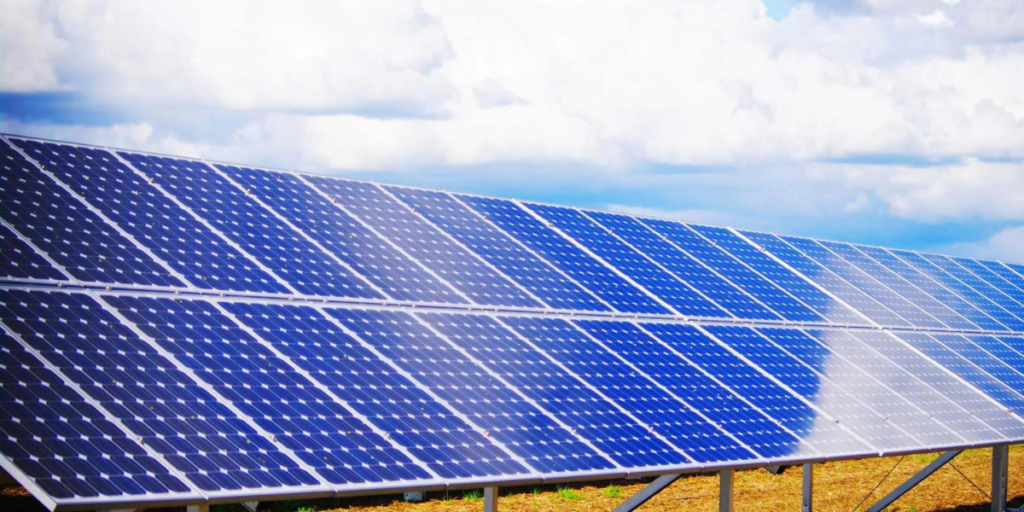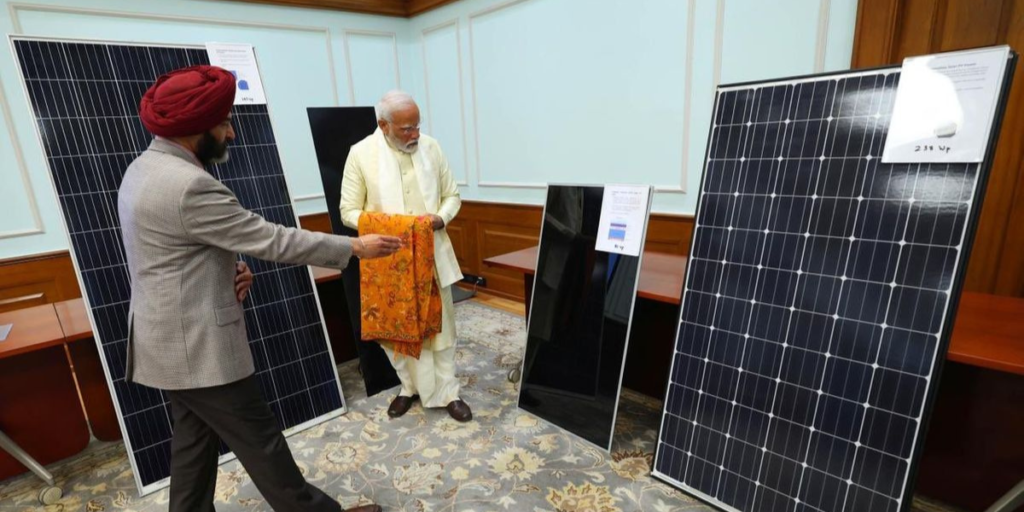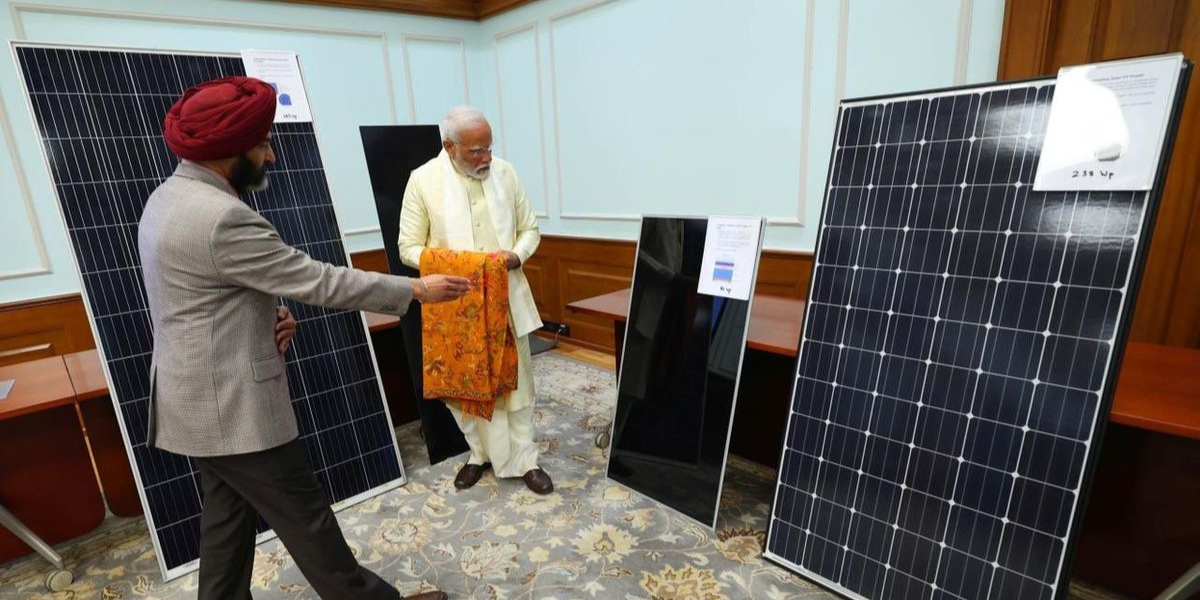In a landmark announcement during the Ayodhya Ram Mandir consecration ceremony, Prime Minister Narendra Modi unveiled the ambitious “Pradhanmantri Suryodaya Yojana” with the vision to bring solar power to the doorsteps of every household in India. This groundbreaking initiative aims not only to reduce electricity costs for low and middle-income individuals but also to foster self-reliance in the energy sector. This article delves into the intricacies of the PM Suryodaya Yojana, exploring its objectives, eligibility criteria, benefits, and the application process.

Table of Contents
Overview of PM Suryodaya Yojana
The Pradhanmantri Suryodaya Yojana is a central government initiative designed to provide affordable and sustainable electricity to low and middle-income individuals across India. The primary focus is on installing solar rooftop panels on one crore houses, offering an innovative solution to reduce dependency on conventional electricity sources.
Objectives of PM Suryodaya Yojana
- Empowering Every Household: The primary goal is to empower households by harnessing solar energy, enabling them to become self-sufficient in meeting their electricity needs.
- Reducing Electricity Bills: By encouraging the adoption of rooftop solar panels, the scheme aims to significantly reduce electricity bills for the poor and middle-class segments.
- National Energy Self-Reliance: The larger vision is to make India self-reliant in the energy sector by leveraging renewable sources, particularly solar power.

Solar Revolution Unveiled
Prime Minister Modi emphasized the transformative potential of solar power during the Ayodhya ceremony, drawing parallels between the energy from the sun and the eternal light of Lord Shri Ram. This visionary approach seeks to initiate a solar revolution in India, with the PM Suryodaya Yojana acting as a catalyst for widespread adoption of solar rooftop installations.
Eligibility Criteria and Rules
To ensure the effective implementation of the PM Suryodaya Yojana, certain eligibility criteria and rules have been established:
- Permanent Indian Citizenship: Applicants must be permanent citizens of India to qualify for the scheme.
- Income Limit: The annual income of applicants should not exceed Rs 1 or 1.5 lakh, targeting those in the low and middle-income brackets.
- Documentary Requirements: Applicants are required to submit original documents, including Aadhar card, income certificate, domicile certificate, mobile number, electricity bill, bank passbook, passport-size photo, and ration card.
- Exclusion of Government Employees: Government employees are not eligible to avail the benefits of the scheme.

Application Process for PM Suryodaya Yojana
The application process for the PM Suryodaya Yojana is streamlined to ensure accessibility for all eligible individuals. Here is a step-by-step guide:
- Sign Up/Log In: Visit the official PM Suryodaya Yojana website and sign up or log in to your account.
- Navigate to ‘APPLY’ Section: Click on the ‘APPLY’ section located on the left side of the home page.
- Select State and District: Choose your state and district from the options provided.
- Fill Required Fields: Complete all the necessary fields in the application form.
- Enter Electricity Bill Number: Input your electricity bill number for verification purposes.
- Provide Solar Panel Details: Furnish details about your electricity bill and the specifications of the solar panels you plan to install.
- Rooftop Measurements: Provide accurate measurements of your rooftop to determine the suitable solar panel size.
- Select Solar Panel: Choose a solar panel according to the specifications of your rooftop.
Once the application is submitted, the approval and verification process will commence, following which successful applicants will receive a subsidized amount in their bank accounts.
Current Scenario of Solar Power in India
As of December 2023, India has made significant strides in the field of solar power. The installed solar power capacity stands at an impressive 73.31 GW, with rooftop solar contributing approximately 11.08 GW to this total. The government’s existing National Rooftop Scheme, covering 40% of the capital costs for solar rooftop projects, has played a pivotal role in achieving these milestones.
Future Prospects and Challenges

While the PM Suryodaya Yojana holds immense promise for transforming India’s energy landscape, certain challenges and opportunities must be acknowledged. Future prospects may include enhanced technological advancements in solar power, increased public awareness, and potential expansions of the scheme to reach more households.
In conclusion, the Pradhanmantri Suryodaya Yojana represents a visionary step towards a sustainable and self-reliant energy future for India. By harnessing the power of the sun, the scheme not only aims to reduce electricity costs but also empowers citizens to actively contribute to the country’s energy security. As the solar revolution unfolds, the PM Suryodaya Yojana stands as a beacon of progress, illuminating a path towards a greener and more resilient India.

